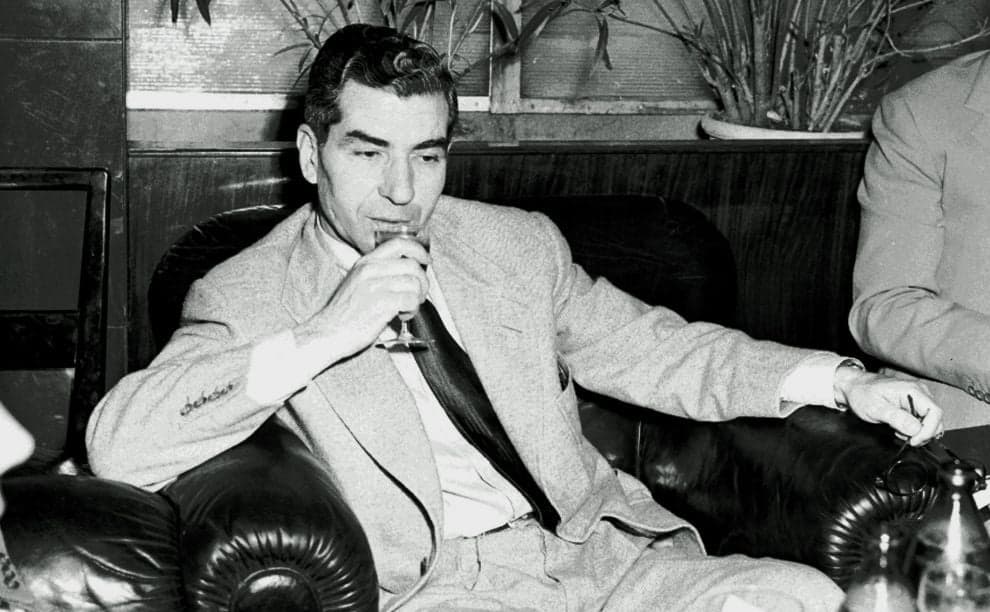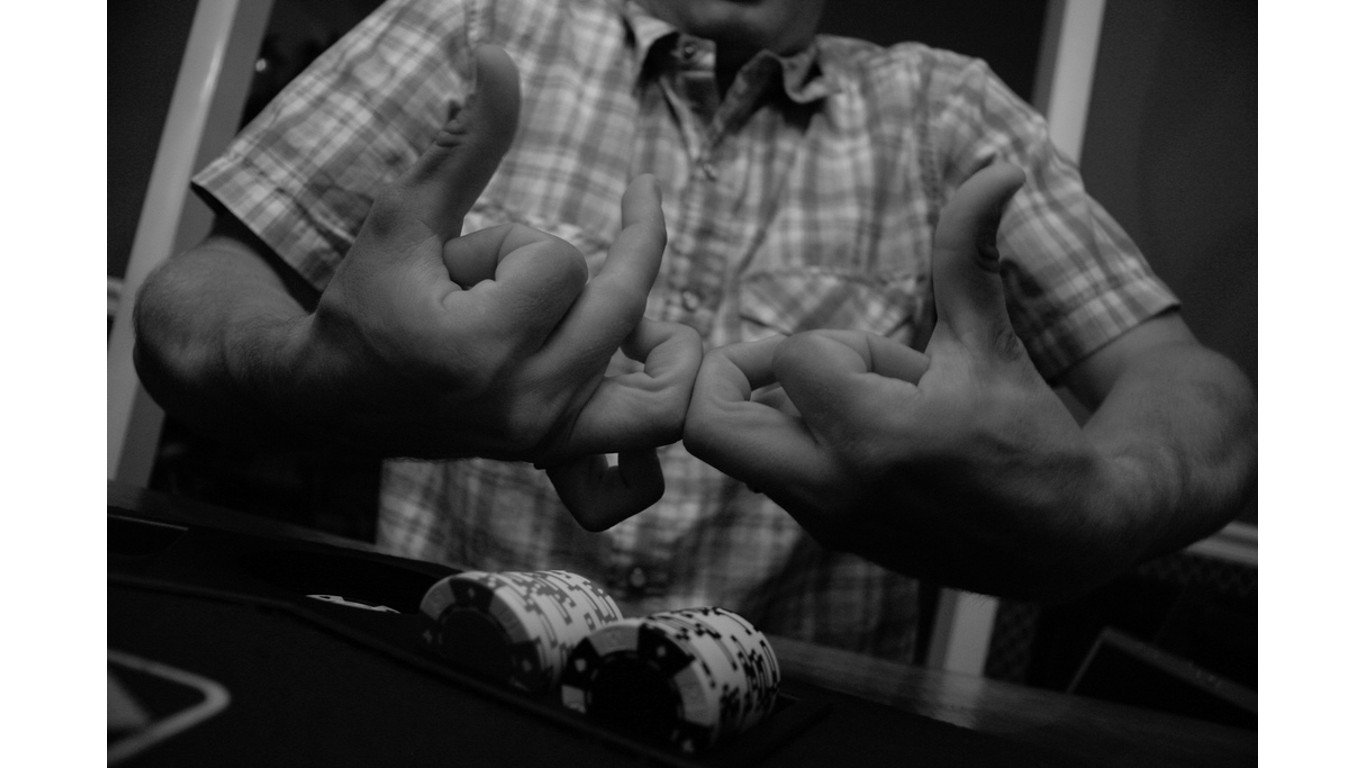24/7 Tempo has compiled a list of the biggest gang dynasties in America. We created our list using sources such as the Crime Museum, American Mafia History, Mafia History, government sources such as FBI.gov, as well as online encyclopedias like Britannica, and media sources including American Magazine.
Many of the most durable crime groups got their start in cities along the Atlantic Coast in the late 19th century. America’s burgeoning economy needed workers for its factories, and they came in immigrant waves from Europe. With these newcomers to places like Boston, New York, Philadelphia came criminal groups that preyed on their fellow immigrants.
The Mafia and Chinese gangs were organized along strict hierarchical lines and maintained iron-fisted discipline. This enabled them to prevail over less-organized ethnic criminal groups.
The earliest gangs partook in rackets such as extortion, loan-sharking, illegal gambling, and prostitution. As the workers movement unionized, gangsters muscled in on organized labor. The trucking industry and then waste management have proved to be lucrative sectors for criminals. Narcotics became a major source of revenue for organized crime after World War II.
When Las Vegas became the gambling mecca of the nation after the war, and after Atlantic City legalized casino gambling in 1977, organized crime got more than just a piece of the action.
While most of the best organized criminal gangs were with the Mafia, criminal syndicates sprang up in the Latin communities in Chicago and Los Angeles as well. Besides the traditional revenue sources for criminal activity, they added murder for hire and carjacking. Some of them became more sophisticated and did not limit membership by ethnicity.
Gangs that have survived into the 21st century are engaged in various types of financial fraud, and white-collar and cybercrime. (These are the most infamous white collar scandals in history.)
Gambino Family
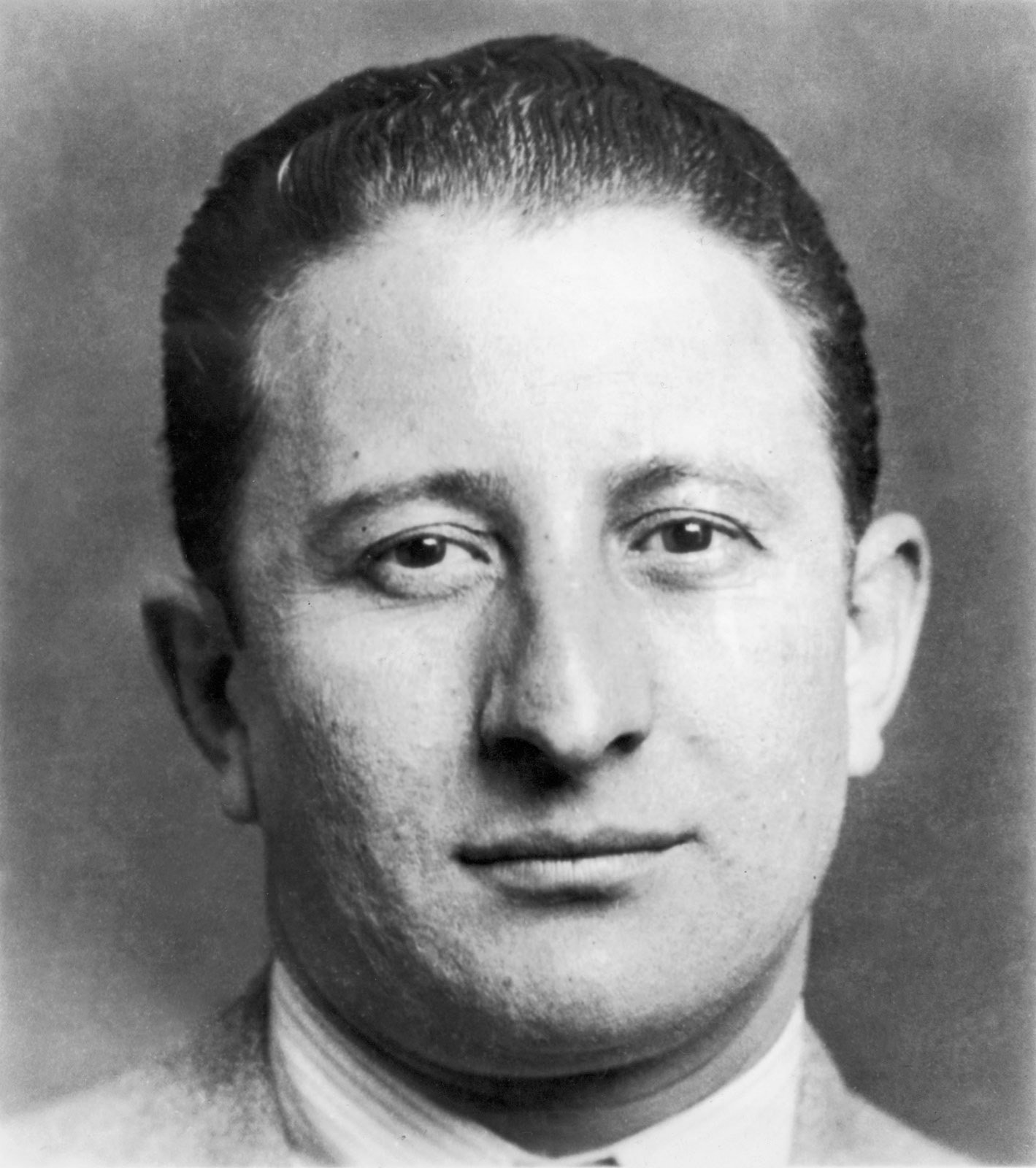
- Members: 200 made members, up to 2,000 associates
- Origin: New York City
- Period of activity: 1890s-present
- Background: Italian
One of the five crime families that joined the so-called “Commission” was created in 1931 to regulate organized crime activity among the crime families and one of the largest. Headed by Carlo Gambino, its illegal activities include labor and construction racketeering, gambling, loansharking, extortion, money laundering, prostitution, and hijacking.
Genovese Family
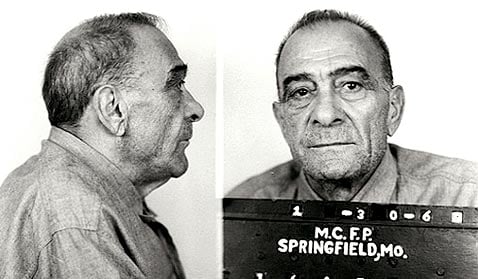
- Members: Up to 300 made members and 1,000+ associates
- Origin: New York City
- Period of activity: 1890s-present
- Background: Italian
Another of the crime families that joined “The “Commission,” New York-based gangsters controlled labor rackets on New York docks, were loan sharks, bookmakers, and were one of the families to plant its flag in the burgeoning gambling capital of Las Vegas.
Chicago Outfit
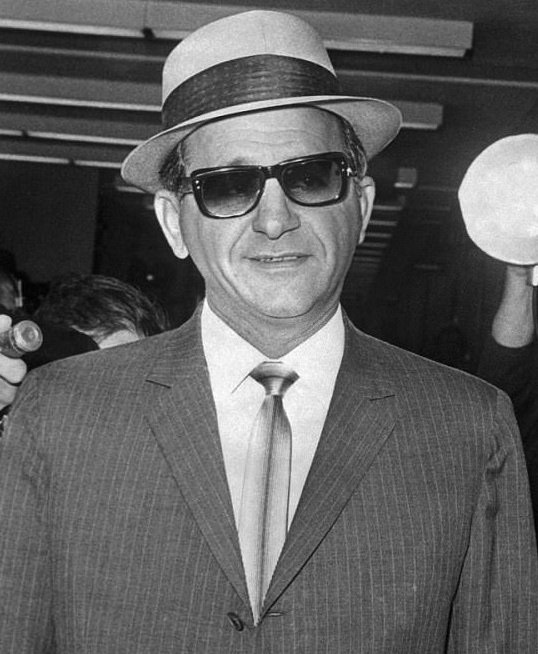
- Members: 28 made members and more than 100 associates
- Origin: Chicago
- Period of activity: 1910-present
- Background: Italian
The organized-crime group in Chicago numbered some of the most notorious crime figures in U.S. history, among them Sam Giancana, Tony Accardo, and Al Capone. They controlled gambling, prostitution, and labor.
Philadelphia Mafia

- Members: 50 made members and 100 associates
- Origin: Philadelphia
- Period of activity: 1911-present
- Background: Italian
Philadelphia mobsters were among the most violent in the United States, killing crime kingpins Angelo Bruno and Philip Testa in a struggle for control. Besides traditional areas of revenue such as labor racketeering, extortion, bookmaking, and loan sharking, the mob sunk its teeth into the gambling industry in Atlantic City when gambling was legalized in New Jersey in 1977.
Patriarca crime family (The Office)
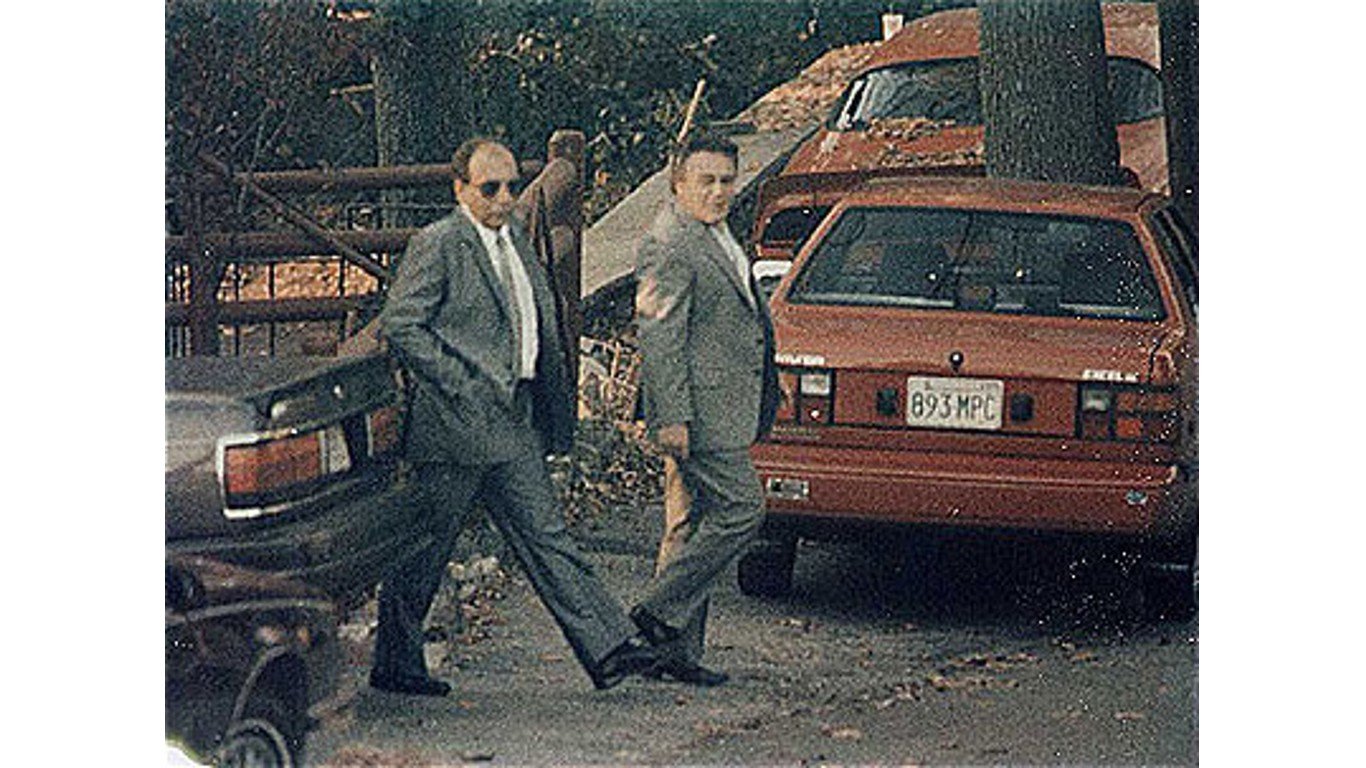
- Members: 60 made members, 100 associates
- Origin: New England
- Period of activity: 1916-present
- Background: Italian
The New England-based crime family headed by Raymond Patriarca focused on racketeering, gambling, murder, narcotics, waste management, robbery, fencing, loan sharking, extortion, bookmaking, money laundering, smuggling, and fraud.
Lucchese Family
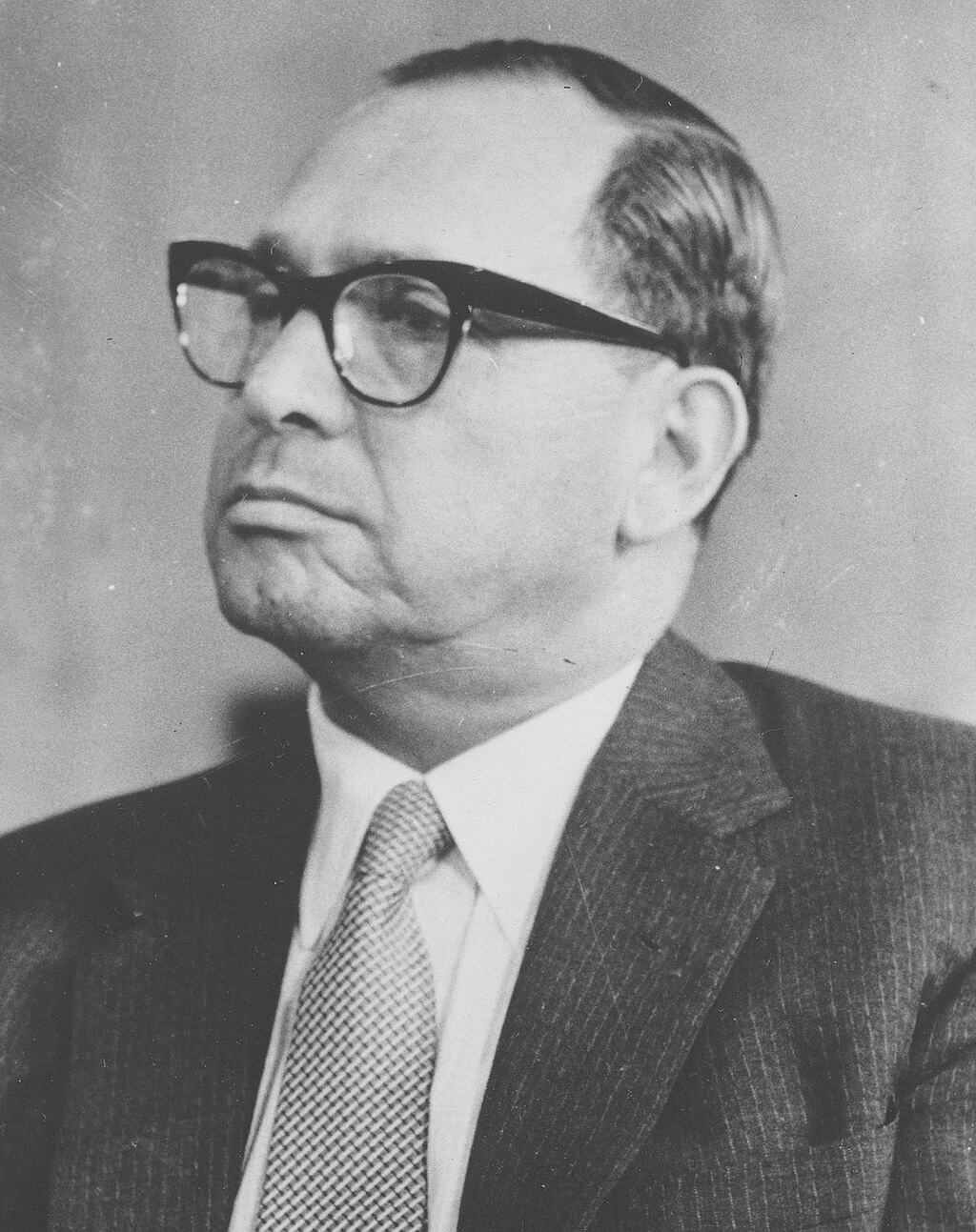
- Members: 130 members, up to 1,000 associates
- Origin: New York City
- Period of activity: 1920s-present
- Background: Italian
One of the original five families and considered one of the smallest, the Lucchese family has infiltrated many of New York City’s biggest industries, such as construction and the garment district. It holds sway over Teamsters Locals, the International Ladies Garment Workers Union (ILGWU), and the Laborers Union of North America. It also exerts control over the air-freight industry at John F. Kennedy Airport and building construction.
Bonanno Family
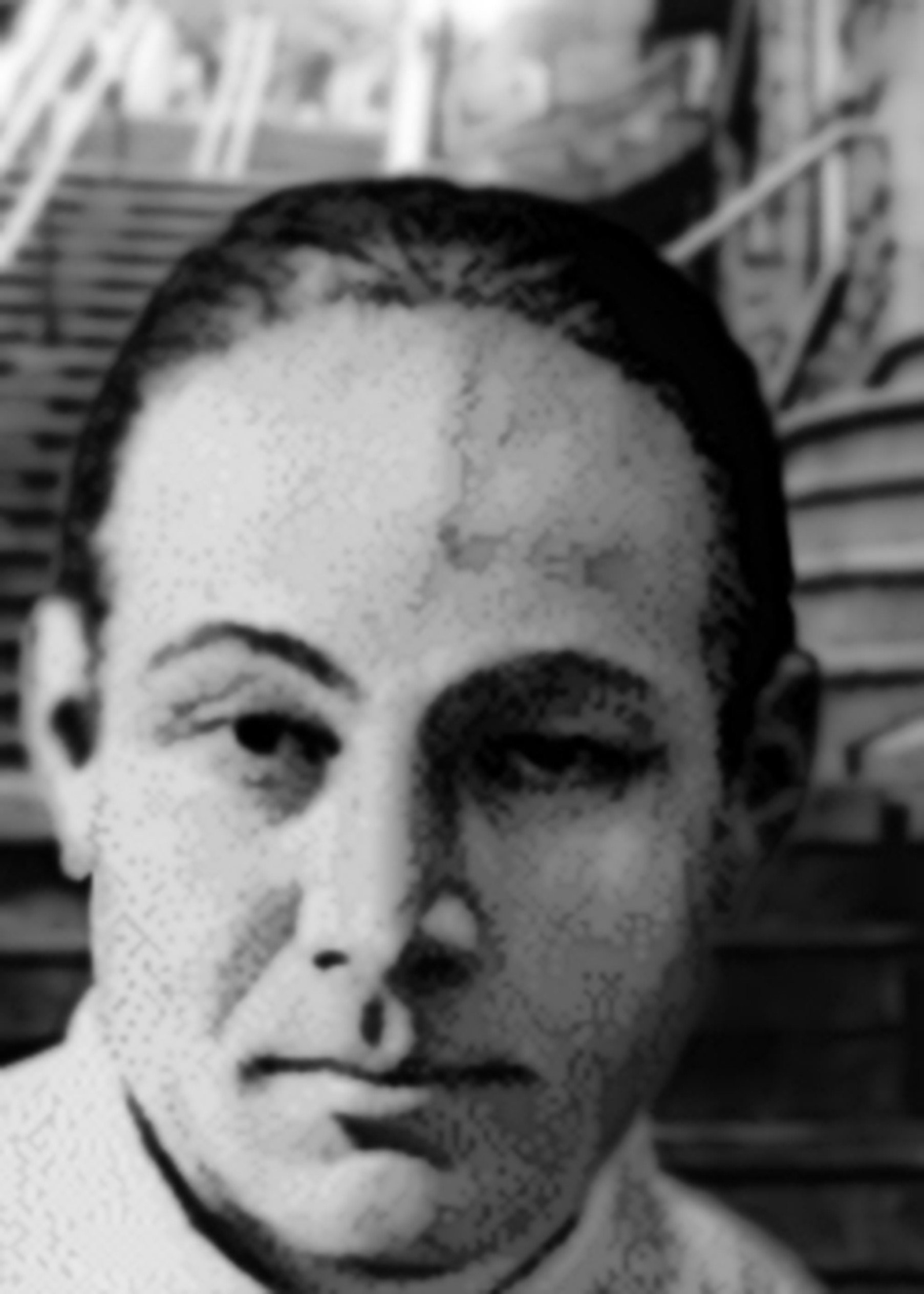
- Members: 110 made members, 500 associates
- Origin: New York City
- Period of activity: 1928-present
- Background: Italian
The Bonanno Family emerged from the Castellammarese War in the early 1930s to become one of the five families involved in the “Commission,” created to regulate organized crime activity among the crime families. Joseph Bonanno took charge of the family after his boss, Salvatore Maranzano, was killed. Bonanno was boss for 30 years, shifting the family into rackets such as loan sharking, narcotics, prostitution, and gambling.
Colombo Family
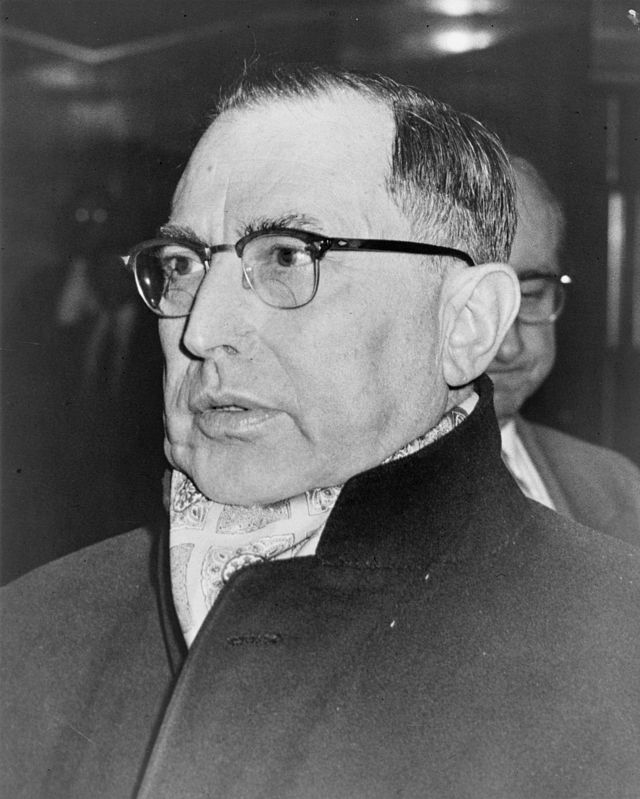
- Members: About 110 made members, about 500 associates
- Origin: New York City
- Period of activity: 1928-present
- Background: Italian
The Colombo family is the youngest of the five crime families from New York. Founded by Joe Profaci, among the family’s more infamous members was John “Sonny’ Franzese, Carmine Persico, and Joey Gallo. The family experienced internecine struggles for decades. Among its litany of criminal activities are arms trafficking, arson, cigarette smuggling, contract killing, counterfeiting, drug trafficking, illegal gambling, truck hijacking, and protection rackets.
Florencia 13
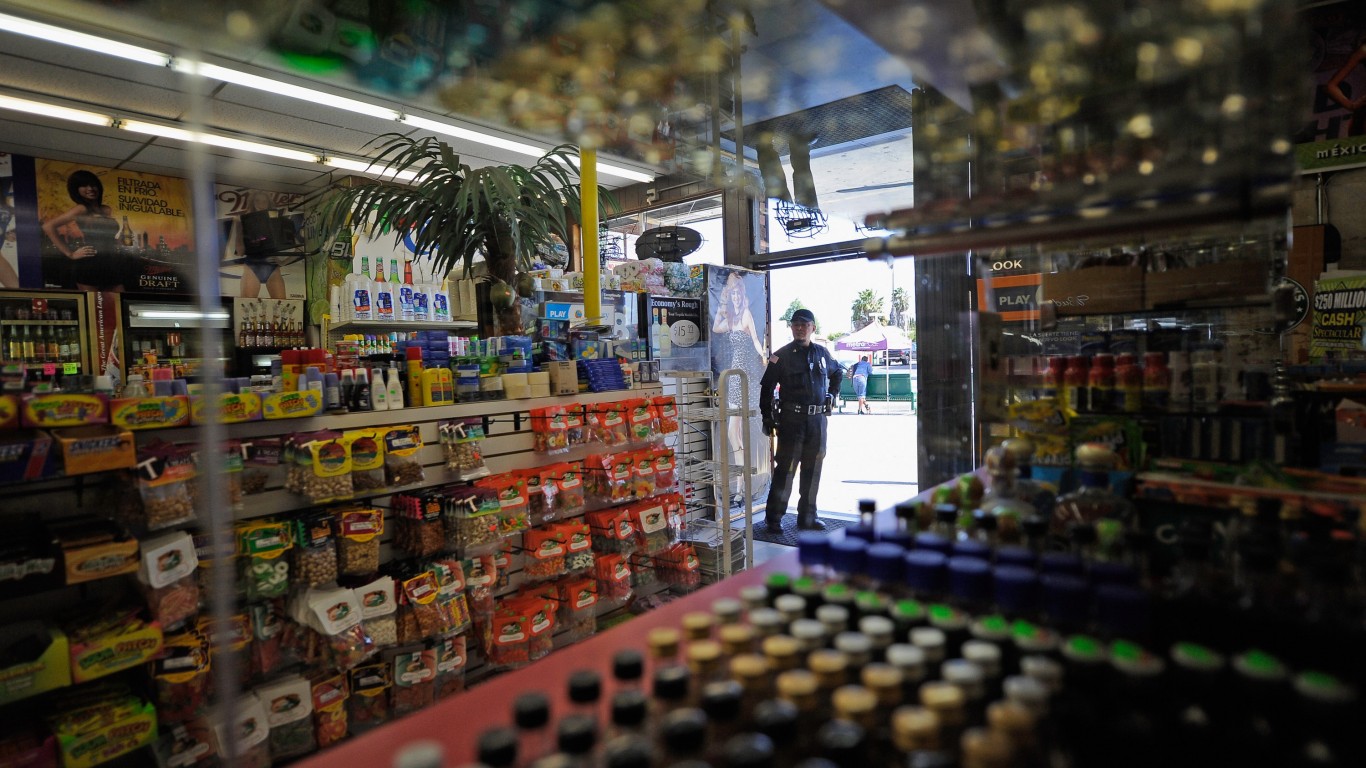
- Members: 10,000
- Origin: South Los Angeles
- Period of activity: 1930s-present
- Background: Mexican
Named after Florence, Calif., and believed to be the largest Hispanic gang in Los Angeles. Florencia 13 is involved in burglaries, car theft, drug distribution, forged immigration documents, passports and green cards.
Latin Kings
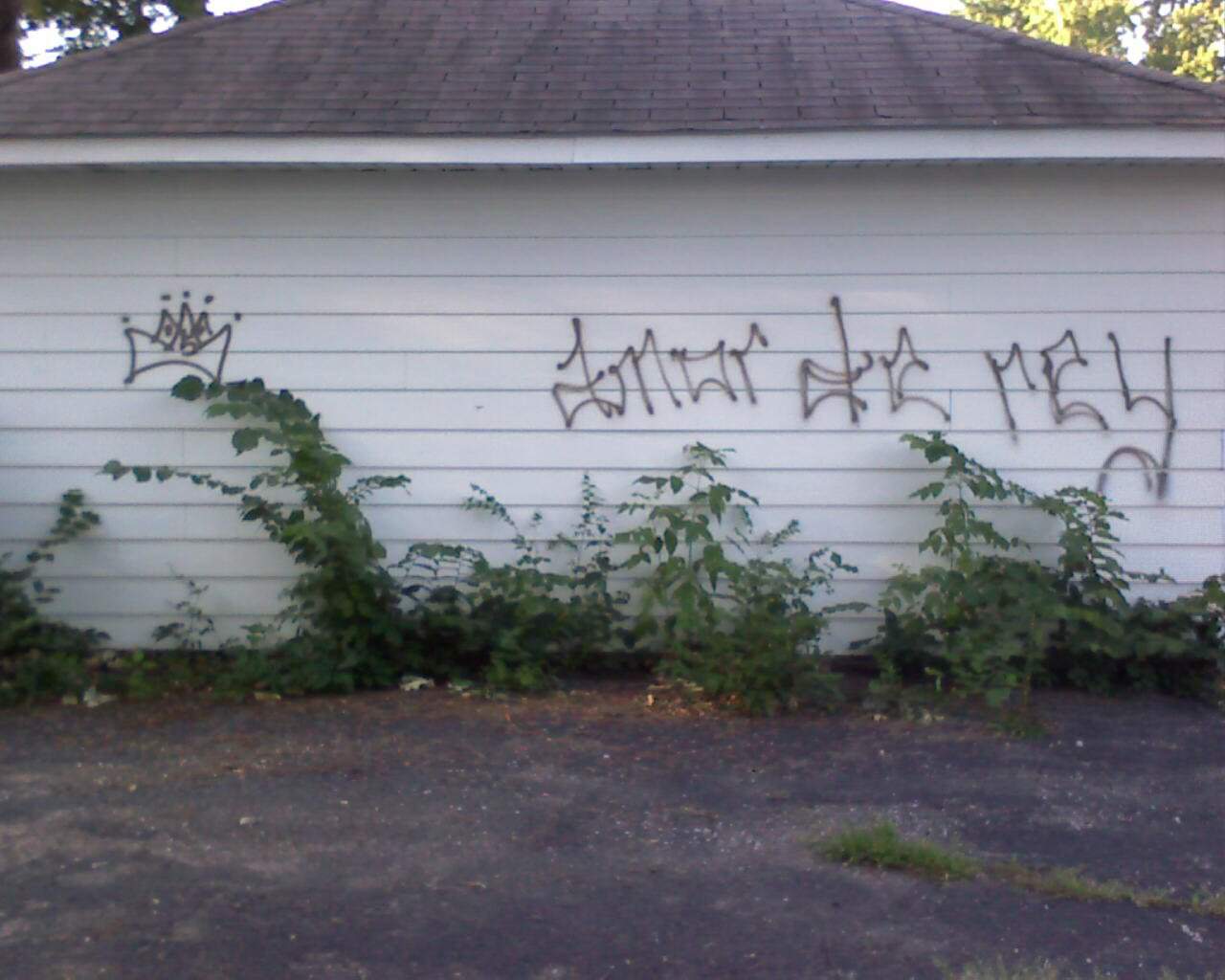
- Members: 18,000
- Origin: Chicago
- Period of activity: 1954-present
- Background: Hispanic
Formed in Chicago in the 1950s to combat prejudice, the Latin Kings primary source of revenue is distribution of cocaine, crack cocaine, heroin, and marijuana. They also commit homicide, identity theft, and money laundering.
Winter Hill Gang
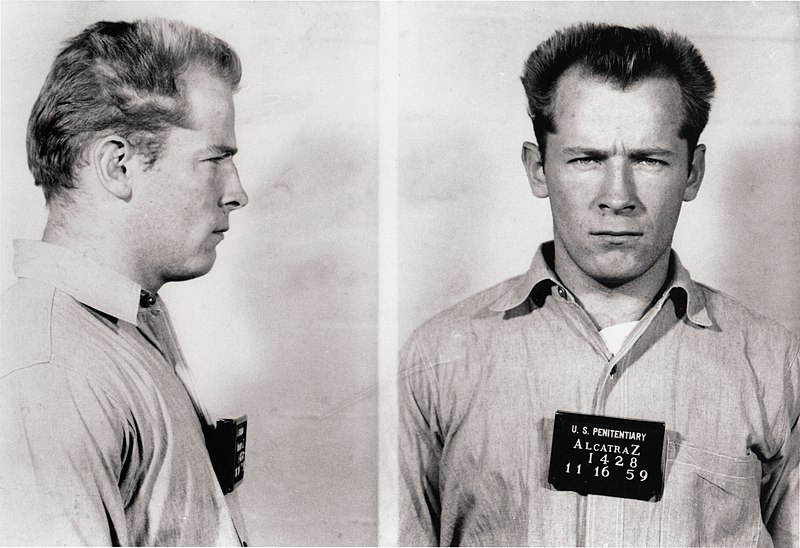
- Members: More than 100 members
- Origin: Somerville, Mass.
- Period of activity: 1955-present
- Background: Irish
A loosely organized group of mostly Irish gangsters who operated out of Somerville, Mass., Boston, and Miami. Its most famous member was Whitey Bulger, who took over the mob in 1979. Besides the traditional gang pursuits of racketeering, illegal gambling, narcotics, prostitution, the gang was involved with the Irish Republican Army in the 1970s and 1980s.
Aryan Brotherhood
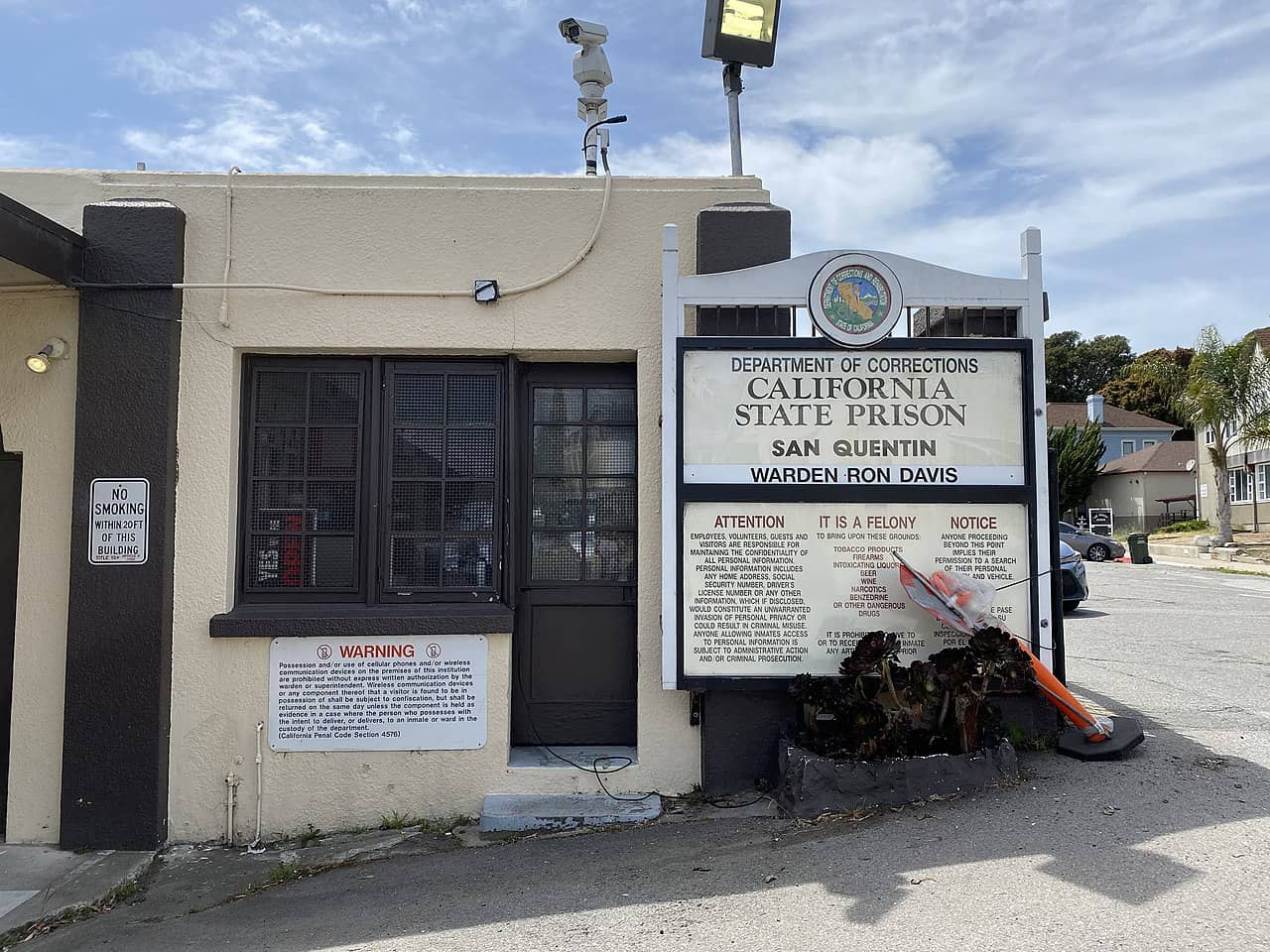
- Members: 20,000
- Origin: California prison system
- Period of activity: 1964-present
- Background: White
Founded by white nationalists in federal prison, the Aryan Brotherhood participates in drug trafficking, male prostitution rings, gambling, extortion, murder-for-hire, armed robbery, gun running, methamphetamine manufacturing, heroin sales, counterfeiting, and identity theft.
Nuestra Familia

- Members: 250 members and 1,000 Norteños (tribute payers)
- Origin: California prison system
- Period of activity: 1965-present
- Background: Mexican
The Nuestra Familia prison gang formed in the early 1960s when Hispanic inmates from northern California created their own gang in response to mistreatment by other Hispanic gangs. Gang members partake in illegal drug sales and robberies.
Eighteenth Street Gang
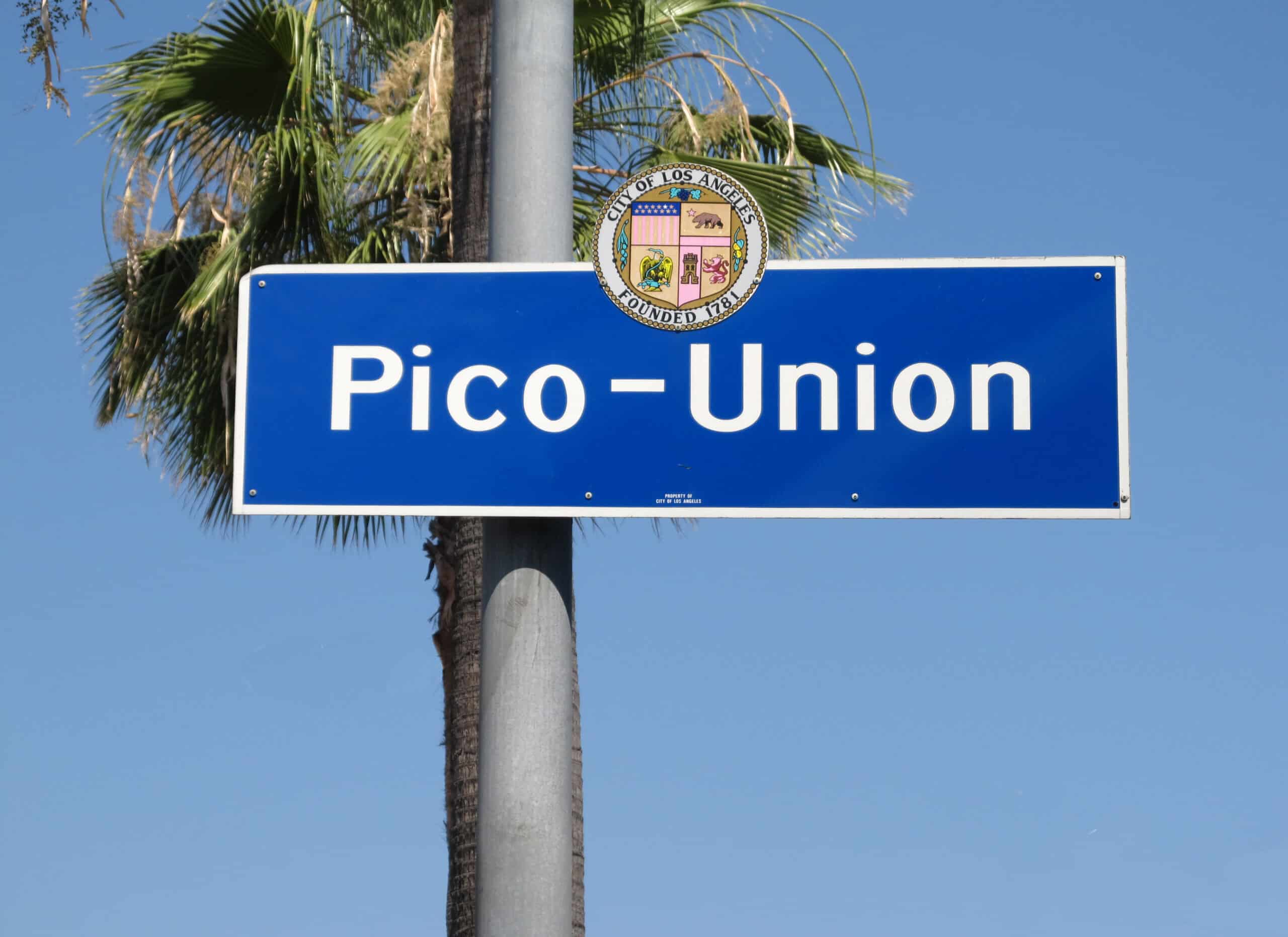
- Members: 15,000
- Origin: Los Angeles
- Period of activity: 1965-present
- Background: Mostly Hispanic
Eighteenth Street Gang originated in Los Angeles’ Pico-Union neighborhood, with connections to El Salvador and other Central American countries. Chapters are located in many states. Gang membership is not limited by ethnicity. It is also known as Barrio 18, Calle 18, Mara 18, and M-18. Gang members are involved with extortion, protection rackets, and kickbacks from illegal goods sold on their turf. They also steal cars, sell drugs and weapons, and can be killers for hire.
Gangster Disciples
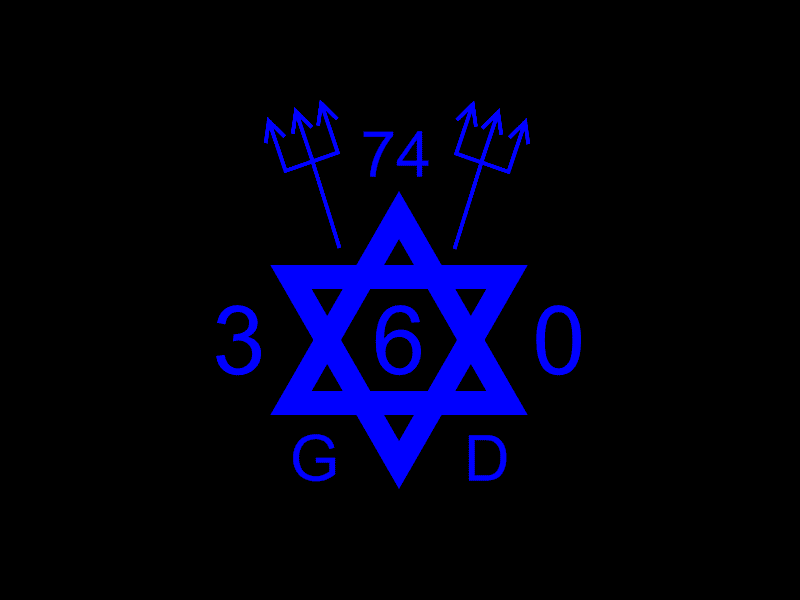
- Members: Up to 50,000
- Origin: Various places in U.S.
- Period of activity: 1968-present
- Background: African American
From 60 members at its creation in 1974, Gangster Disciples has grown to as many as 50,000 members. It operates in 35 states and derives revenue of as much as $100 million from drug sales and street tax.
Crips
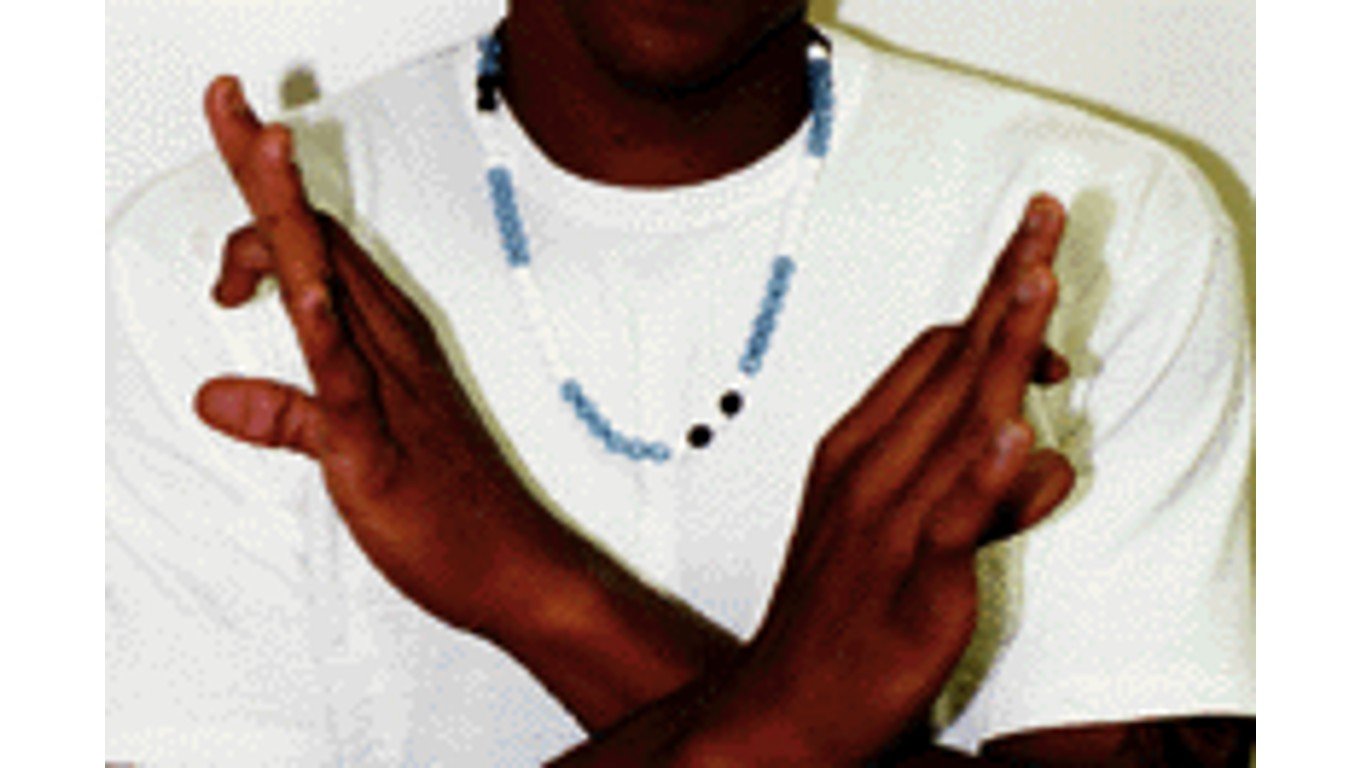
- Members: Up to 35,000
- Origin: California
- Period of activity: 1969-present
- Background: African American
No one is sure where the name comes from — a mispronunciation of crib (or home) or shortened version of cripple. They originated in Los Angeles and are also associated with New York. They are the main rival of the Bloods. The Crips engage in drug trafficking, murder, assault, auto theft, burglary, extortion, fraud, robbery.
Mara Salvatrucha (aka MS-13)
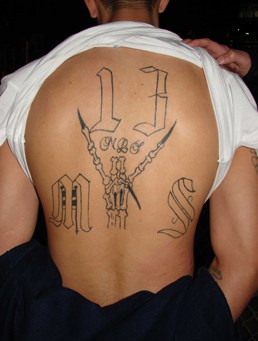
- Members: Up to 10,000
- Origin: Los Angeles
- Period of activity: 1970s-present
- Background: Mostly Salvadorans
Also known as MS-13, Mara Salvatrucha is famous for its distinctive tattoos, drug trafficking and violence. Mostly composed of Salvadorans, it was created to protect immigrants from that country against other Hispanic gangs. They are considered among the most vicious gangs in the United States. They are rivals of the Eighteenth Street Gang.
Bloods
- Members: 25,000
- Origin: Los Angeles
- Period of activity: 1972-present
- Background: African American
Formed in the 1970s, the original Bloods started as a Los Angeles African American gang famed for their red apparel and trademark hand signs. The Bloods spread all across the country and are known for their rivalry with the Crips, also from Los Angeles. The Bloods are involved in drug trafficking, auto theft, burglary, carjacking, drive-by shootings, extortion, homicide, and identity fraud.
